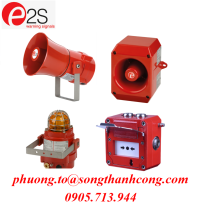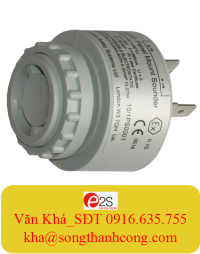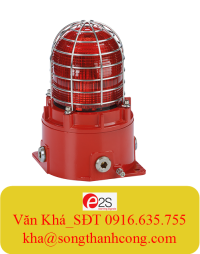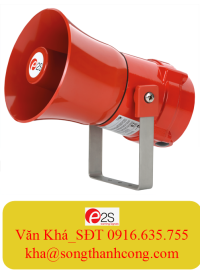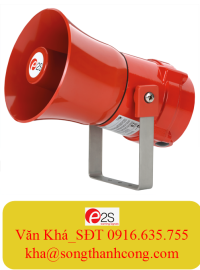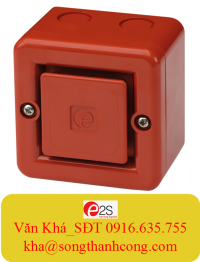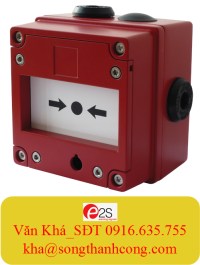PFEER regulations (1995) – Prevention of fire and explosion, and emergency response on offshore installations.
Offshore Installations (Prevention of Fire and Explosion, and Emergency Response) Regulations 1995.
In summary these regulations state the person or company responsible for an installation is also responsible for protecting persons on the installation from fire and explosion and securing effective emergency response.
This implies many requirements, one of them being that a suitable means of informing people on the installation of certain alarm states (with sounders and or speech / PA systems, beacons may also be required to supplement the audible signals).
Regulation 11 Communication
(1) The duty holder shall make appropriate arrangements -
(a) for giving warning of an emergency, by audible and, where necessary,
visual alarm systems, to all persons on the installation; and
(b) for the purpose of emergency response, for communication between -
(i) persons on the installation;
(ii) the installation and persons not on it and engaged in activities in connection with it; and
(iii) the installation and persons beyond it;
and shall ensure that, so far as is reasonably practicable, the arrangements are
capable of remaining effective in an emergency.
(2) Subject to paragraph (3), the duty holder shall ensure that -
(a) an illuminated sign provided pursuant to paragraph (1) (a) is-
(i) in the case of a warning of toxic gas, a red flashing sign; and
(ii) in all other cases, a yellow flashing sign; and
(b) an acoustic signal provided pursuant to paragraph (1) (a) is -
(i) in the case of a warning to prepare for evacuation, a continuous signal
of variable frequency;
[Typically: Tone 9 on the BExS110 alarm sounder. Frequency: 1200Hz to 500Hz over 1 second then repeated]
(ii) in the case of a warning of toxic gas, a continuous signal of a
constant frequency; and
[Typically: Tone 1 on the BExS110 alarm sounder. Frequency: 1000Hz continuous]
(iii) in all other cases, an intermittent signal of a constant frequency.
(3) Where an illuminated sign or acoustic signal is in lawful use immediately before the date of coming into force of these Regulations, but it does not meet the requirements of paragraph (2), it shall be sufficient compliance with that paragraph if a change to a sign or signal so complying is made before 20th December 1997.
PFEER compliant tones are indicated in the tone frequency tables listed in the data sheets for E2S alarm sounders.
Other alarm situations such as General Alarm (Fire) (also using where necessary a yellow
flashing visual signal) use an intermittent audible signal of a constant frequency, typically 1000Hz, 1 second on, 1 second off. The BExS110 hazardous area alarm sounder Tone
number 11 is a compliant frequency pattern.
Choose your application below to view suitable audible signals:
Hazardous area:
Fire & Industrial:
Wide area / disaster / mass notification:
Alternatively, for more information, please contact us.








 Mr Vương
Mr Vương live:.cid.d22573c25f91d309
live:.cid.d22573c25f91d309
